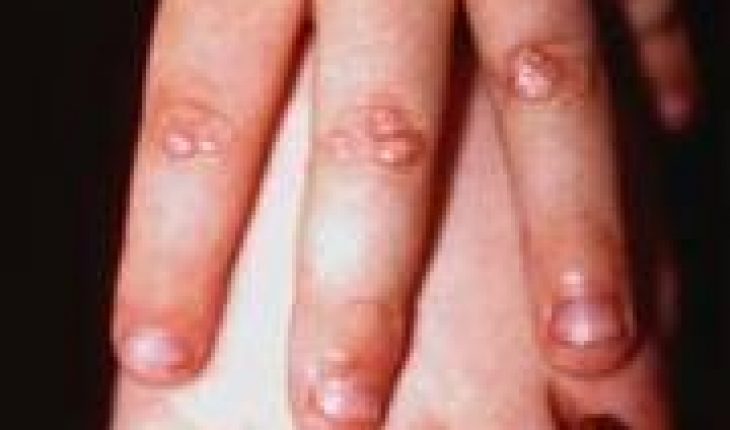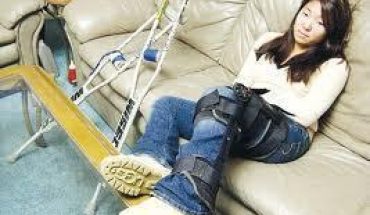What is Epidermolysis Bullosa?
Epidermolysis bullosa is a skin disorder which causes blistering to the surface of the skin after injury or other forms of contact.
The disease manifests in three forms:
- Dystrophic epidermolysis bullosa
- Epidermolysis bullosa simplex
- Junctional epidermolysis bullosa
What causes Epidermolysis Bullosa?
The disease is caused by an inherited gene, or by gene mutaton. Often, patients have a family history of the disease and the resulting disorder may be classified as recessive or dominant. A person who has a family history of the disease may consider genetic testing if he or she would like to know the risk of passing on the disease to an offspring.
Normally the disease will be evident at, or shortly after birth. Infants may be born with large blisters that are filled with fluid, and may appear red in colour. Deterioration of the skin often progresses as the patient ages, and the skin remains highly sensitive to contact throughout life. In extreme cases, the skin may blister and create deformities of the fingers, knees, elbows, and toes. The effects of the disease may also be felt within the mouth where the tongue and oesophagus are prone to blisters.
Patients who suffer from the extreme forms of the disease have a lowered life expectancy, and often succumb to skin cancers in adulthood.
What are the symptoms of Epidermolysis bullosa?
The symptoms exhibited will be related to the form of epidermolysis bullosa and may include:
- Respiratory issues that may lead to a hoarse cry in infants.
- Coughing.
- Tooth decay or other dental issues.
- Blisters in the region of the eyes and nose.
- Blisters seen upon birth.
- Blisters in the mouth, and throat which may lead to difficulty feeding and or swallowing.
- Blisters on the skin associated with injury or an elevation in temperature.
- Milia (small white pimples or bumps).
- Loss of nails and deformed hands, and or feet.
What are the treatment options for Epidermolysis bullosa?
The main treatment involves the prevention of blisters. The treatment options will depend on the manifestation of the disease. Measures are recommended to avoid skin damage, and environments that are overly hot.
An affected individual must follow skin care instructions that help to alleviate symptoms. This is especially important if there are blisters that show signs of crust formation, or that have become exposed through peeling. Often, antibiotic ointments are used to ensure wounds will not become infected. Bandages, and special dressings may be applied to provide further protection.
In cases where the disease affects the mouth and throat area, oral steroids may be used for a short time to relieve swallowing issues. The use of steroids long term is not recommended for this skin disorder. If candida is found in the mouth area, medications to treat the infection will be administered simultaneously.
Because the disease can cause tooth decay each patient should have regular dental visits to reduce the risk of tooth loss. The dentist should have experience treating someone with this condition.
Nutrition will also be an important part of treatment. Affected individuals must eat a balanced diet that contains sufficient levels of protein to boost skin healing. A nutritionist is normally recommended by the attending physician. If the mouth is affected by the disease then hard foods like pretzels, and chips should be avoided.





